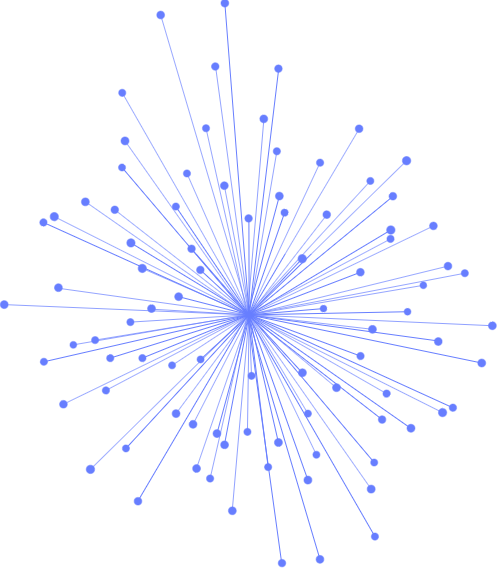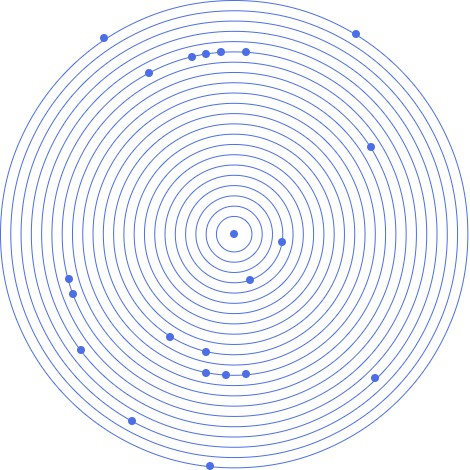
"Our tailored course provided a well rounded introduction and also covered some intermediate level topics that we needed to know. Clive gave us some best practice ideas and tips to take away. Fast paced but the instructor never lost any of the delegates"
Brian Leek, Data Analyst, May 2022








Introduction to a SOA adoption roadmap
Service lifecycle
Service oriented analysis
Service oriented design
Identifying services
Producing service specifications
Functional areas of the business
Introduction to service oriented patterns
Traditional EAI Approach
Problems With Traditional EAI Approach
Enter Service Oriented Architecture (SOA)
Build the Services
We Can Easily Change the Process
Change Flow Using Legacy Approach
Replacing an Application
Other Advantages
Business Advantages
Adoption Stages
Traditional EAI Approach
Problems with traditional EAI approach
Enter service oriented architecture (SOA)
Build the services
Replacing an application
Business advantages
Adoption stages
Objectives
Stages of SOAD
Services belonging to these functional areas
Functionalities belonging to these services
Documenting service hierarchy
Service identification and specification
Enterprise Application Integration with BizTalk.
Using the Orchestration Designer.
Making activity diagrams in Visio.
Compiling the Visio diagrams into XLANG.
Importing non-standard data into BizTalk.
Developing Application Integration Components.
Connecting to ERP systems.
Deploying and Managing BizTalk solutions.
Submitting documents to BizTalk
Routing and non-routing documents
Using HTTP, SMTP, FTP and MSMQ
Reliable and fault tolerant messaging
The BizTalk framework & SOAP
Discovery and registration of web services
Service repository
How a collection of services perform a task.
Simple request response interaction
Complex interaction involving many services.
Modeling Partnership in BPEL
Variables
Simple Activities
Invoke Activity
Lifecycle of Process Development
Follow Integration Patterns
Example: A Simple Process
The ACID properties
Local vs. distributed transaction
New challenges with transaction in SOA
Transaction from a specific service call
Transaction in a long running business
process
What is compensation and why do we need
them?
How to implement compensation?
Objectives
Stages of SOAD
Services belonging to these functional areas
Functionalities belonging to these services
Documenting service hierarchy
Best practices
Summary
Enterprise Application Integration with BizTalk.
Using the Orchestration Designer.
Making activity diagrams in Visio.
Compiling the Visio diagrams into XLANG.
Importing non-standard data into BizTalk.
Developing Application Integration
Components.
Connecting to ERP systems.
Deploying and Managing BizTalk solutions.
Submitting documents to BizTalk
Routing and non-routing documents
Using HTTP, SMTP, FTP and MSMQ
Reliable and fault tolerant messaging
The BizTalk framework & SOAP
Focus on the service domain
Domain engineering
Applying object-oriented analysis and design
Producing highly reusable models
The traditional business-to-business arena
EDI standardization
Hybrid message and service-centric
approach
Use case analysis
Documenting requirements
Using business process models
Non-functional requirements
The requirements database
The layers pattern.
Classic three-their architecture
Connecting to the domain layer
Linking to the User interface
Using packages to decompose a system
Avoiding mutual dependencies
What is layering and why we need them?
Application service layer
Business service layer
Orchestration service layer
Tracking Documents
What can go wrong?
Optimizing & Monitoring BizTalk Server
Deployment considerations.
BizTalk Server groups and clustering
BizTalk Security configuration
Available security mechanisms
Certificates and digital signatures
Elaborated Case study
Future developments
New implementation paradigms
The benefits of employing SOA
Review of common business goals
The risks associated with the SOA approach
Evaluating tradeoff strategies


"Our tailored course provided a well rounded introduction and also covered some intermediate level topics that we needed to know. Clive gave us some best practice ideas and tips to take away. Fast paced but the instructor never lost any of the delegates"
Brian Leek, Data Analyst, May 2022
“JBI did a great job of customizing their syllabus to suit our business needs and also bringing our team up to speed on the current best practices. Our teams varied widely in terms of experience and the Instructor handled this particularly well - very impressive”
Brian F, Team Lead, RBS, Data Analysis Course, 20 April 2022

Sign up for the JBI Training newsletter to receive technology tips directly from our instructors - Analytics, AI, ML, DevOps, Web, Backend and Security.
Our Biztalk with SOA training course is taught by consultants who use BizTalk and SOA day, in day out. Building on top of the standard Microsoft BizTalk Development course you will be given valuable insights into how best to use BizTalk and best practices to follow. The course will look at Biztalk's core architecture, which is based on XML and the .NET Framework, WCF and Web services. The course consists of a large amount of lab time, over 50%, so you will not only get to hear the theory but also valuable hands on time.
CONTACT
+44 (0)20 8446 7555
Copyright © 2025 JBI Training. All Rights Reserved.
JB International Training Ltd - Company Registration Number: 08458005
Registered Address: Wohl Enterprise Hub, 2B Redbourne Avenue, London, N3 2BS
Modern Slavery Statement & Corporate Policies | Terms & Conditions | Contact Us